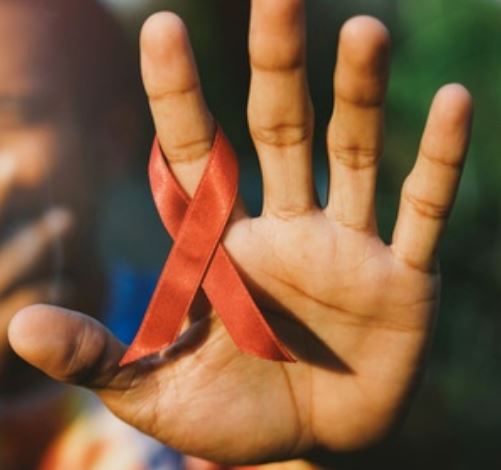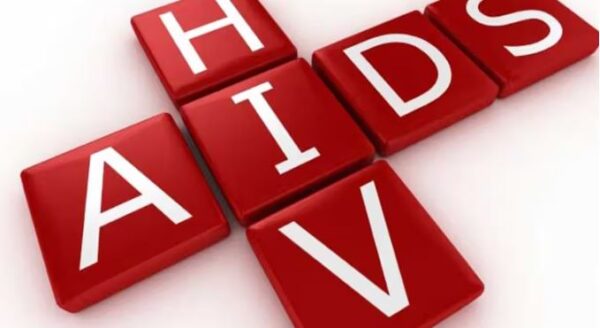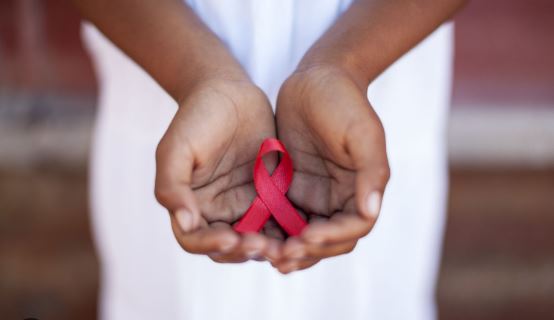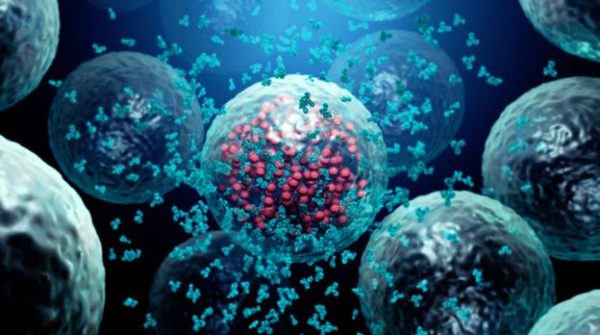Lifestyle
The 6 most damaging HIV/AIDS misconceptions

HIV/AIDS has become completely manageable, but it is surprising how many people still believe some of the misconceptions about the condition.
Although a number of factors such as poverty and poor access to healthcare play a role in these shocking statistics, misinformation also has a part in both furthering the spread of the disease, and the stigma that surrounds it.
The most dangerous thing about these myths is that HIV can be spread to innocent people as a result of misinformation, cautions Zakhele Mavundla of the AIDS Foundation of South Africa.
Listed below are 6 most damaging HIV/AIDS myths you need to stop believing.
1. I can get HIV by being around people who are infected
Research has shown that it is not possible to transmit HIV through touching (this includes hugging and kissing), breathing the same air or even sharing eating utensils with someone who is HIV-positive. HIV can, however, be transmitted through infected blood, semen, vaginal fluid or mother’s milk.
2. I’m HIV positive. My life is over
While living with the disease will certainly have an impact on your lifestyle, advances in science and antiretrovirals mean that HIV-positive people – and even those with AIDS – are able to live much longer, normal, productive lives.
3. HIV is a homosexual disease
It is true that men who have sex with men are the most at risk when it comes to infection, but, according to Mavundla, HIV transmission through heterosexual sexual intercourse is the most common. “Up to 80% of HIV transmission occurs through heterosexual sex,” confirms Mavundla. “HIV is contracted much more easily through anal sex as the anus is prone to cuts and bleeding, which raises the risk of infection. So both men who have sex with men and heterosexuals who have regular anal sex without condoms are particularly vulnerable.”
Women are actually the most at risk: a woman has a one in 200 chance of contracting HIV from a single heterosexual encounter, while a man has a one in 700 chance. “Semen, which has a high concentration of HIV, is deposited into a women’s uterus and stays there for at least three days, increasing her chances of infection. Also, the mucous membrane in the area where the penis enters a woman’s body has many CD4 cells, which HIV latches on to, again making her more likely to contract the virus,” explains Mavundla.
4. Mosquitoes spread HIV
A common concern is that biting or blood-sucking insects such as mosquitoes can spread the disease. Several studies have been done on the topic, none of which have produced any evidence to support this unfounded fear.
5. Male circumcision prevents HIV
Mavundla highlights this as one of the most common misconceptions in South Africa. He explains that while circumcision has been shown to reduce the likelihood of transmission of HIV by up to 60%, many have come to believe that they cannot get infected if they are circumcised. This is untrue.
6. If both parties are HIV-positive, safe sex is not necessary
Even people who already have HIV are able to catch other strains of the virus if they have unprotected sex. Drug-resistant HIV is of particular concern. Catching a second strain of the virus can mean the immune system has to defend against two different forms of the virus at the same time, which significantly weakens the host.
Whenever in doubt, practice safe sex and avoid sharing needles. Also be sure to get tested regularly, and know your status.










